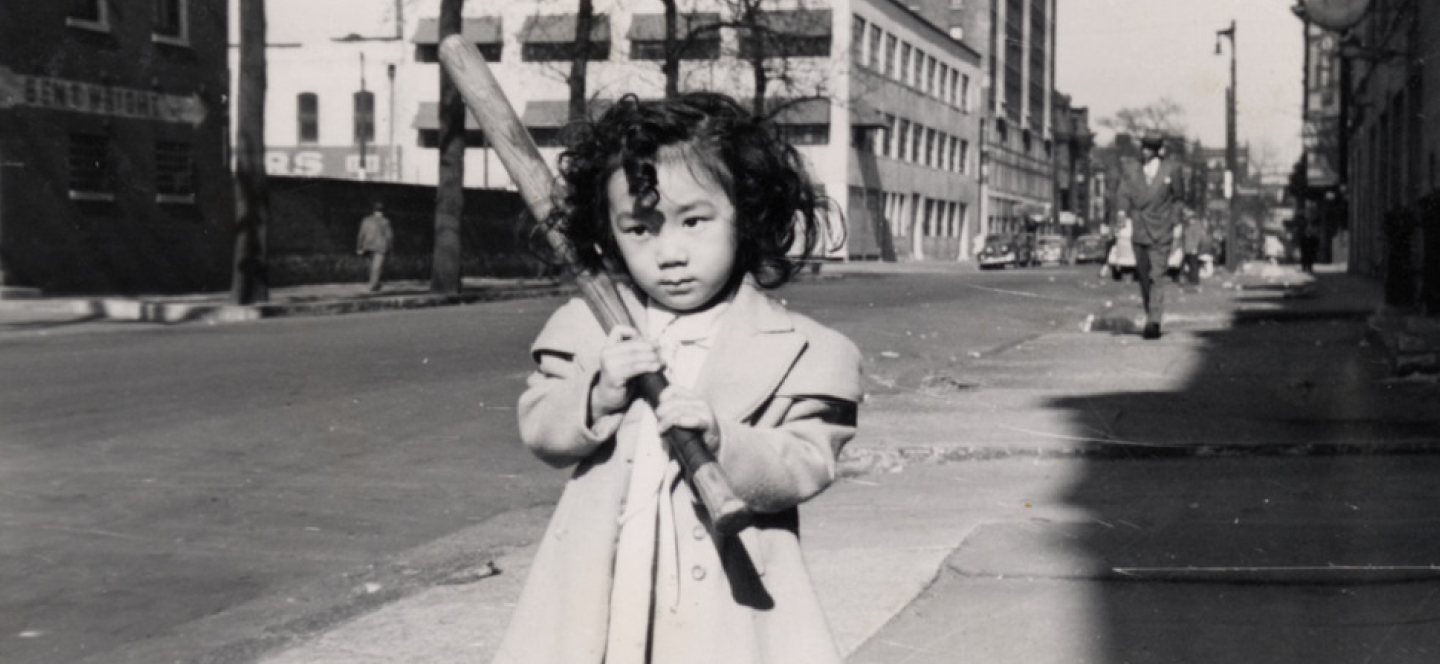All Posts
View Other Categories
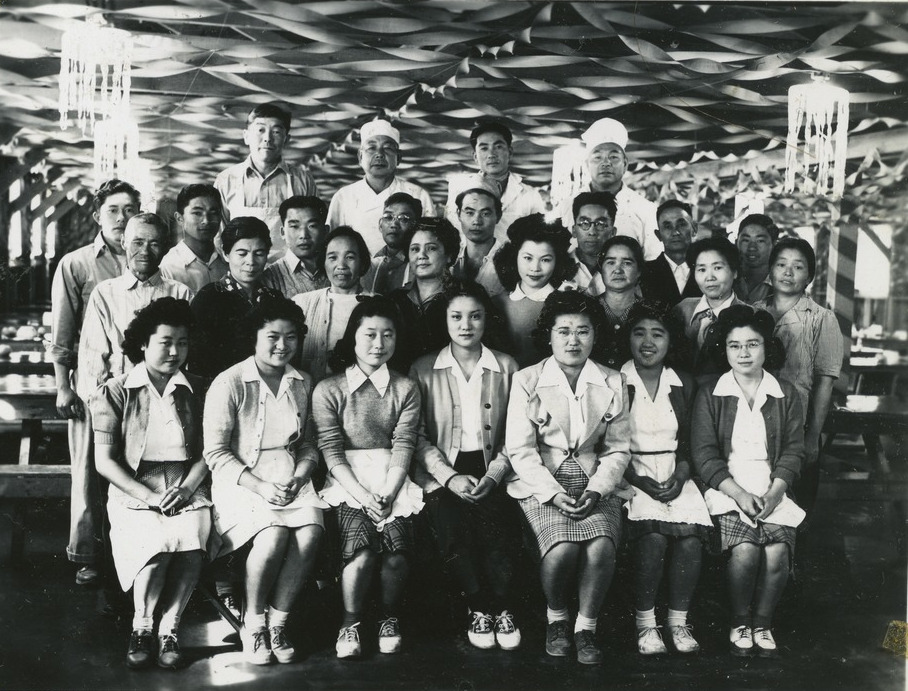
Ask a Historian: Why Were There “Waitresses” in Camp?
In this latest edition of “Ask a Historian,” Densho Content Director Brian Niiya digs into the history behind a photo taken in a mess hall at Topaz concentration camp —and…
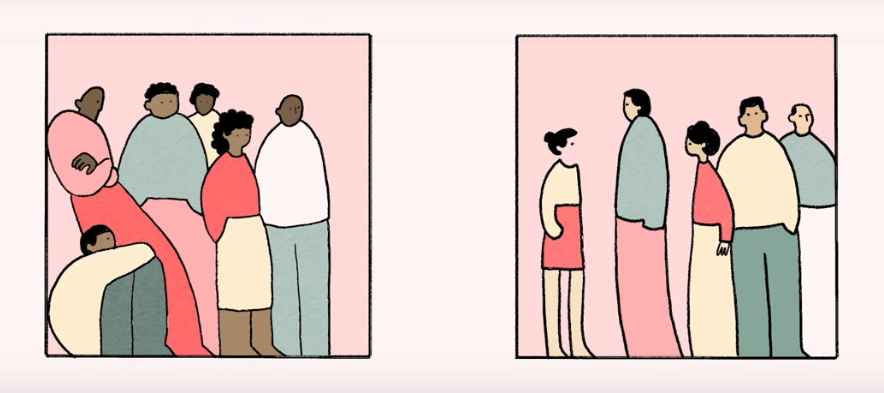
Inventing the “Model Minority”: A Critical Timeline and Reading List
The idea of Asian Americans as a “model minority” has a long and complicated history. By focusing on cherry-picked indicators of “success” like income, education level, and low crime rates—while…
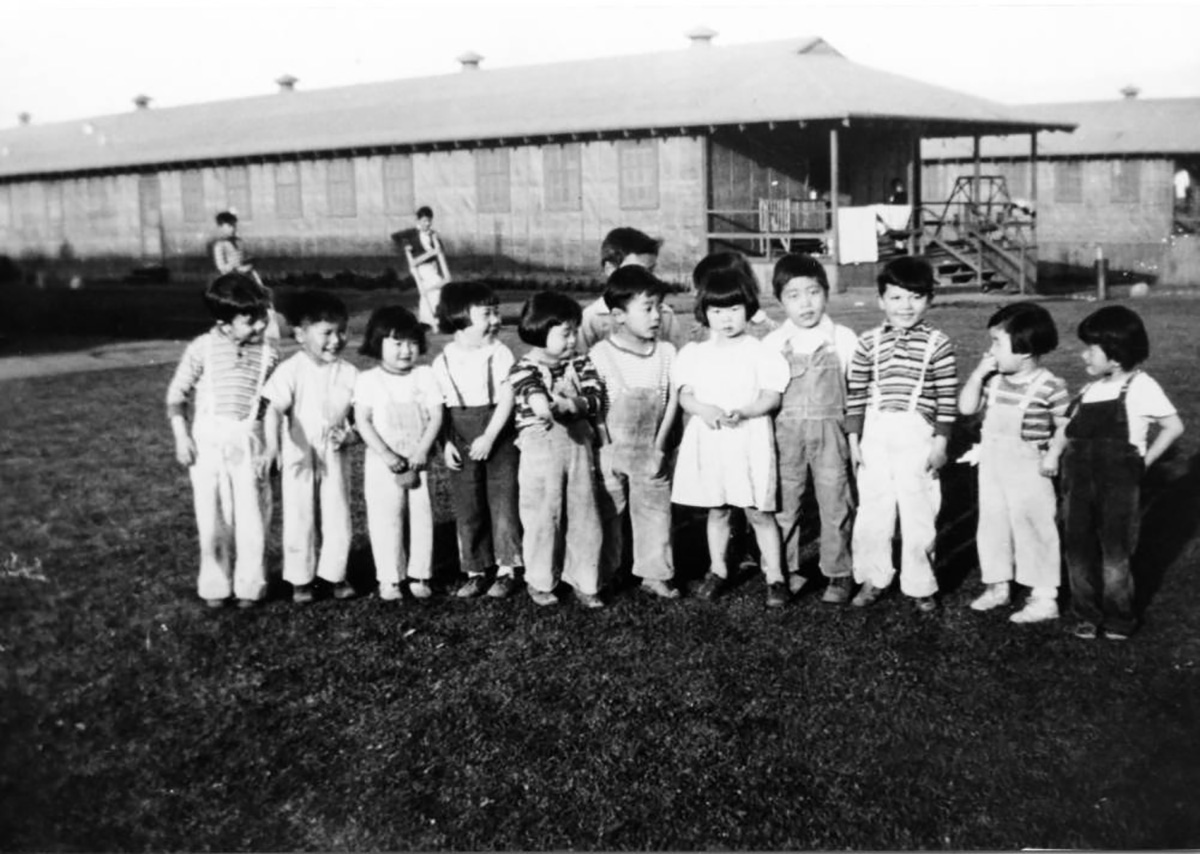
Manzanar Children’s Village: Japanese American Orphans in a WWII Concentration Camp
Kenji Suematsu was living with his parents and siblings in Costa Mesa, California at the outbreak of World War II. His father, an immigrant farmer from Japan, was apprehended by…
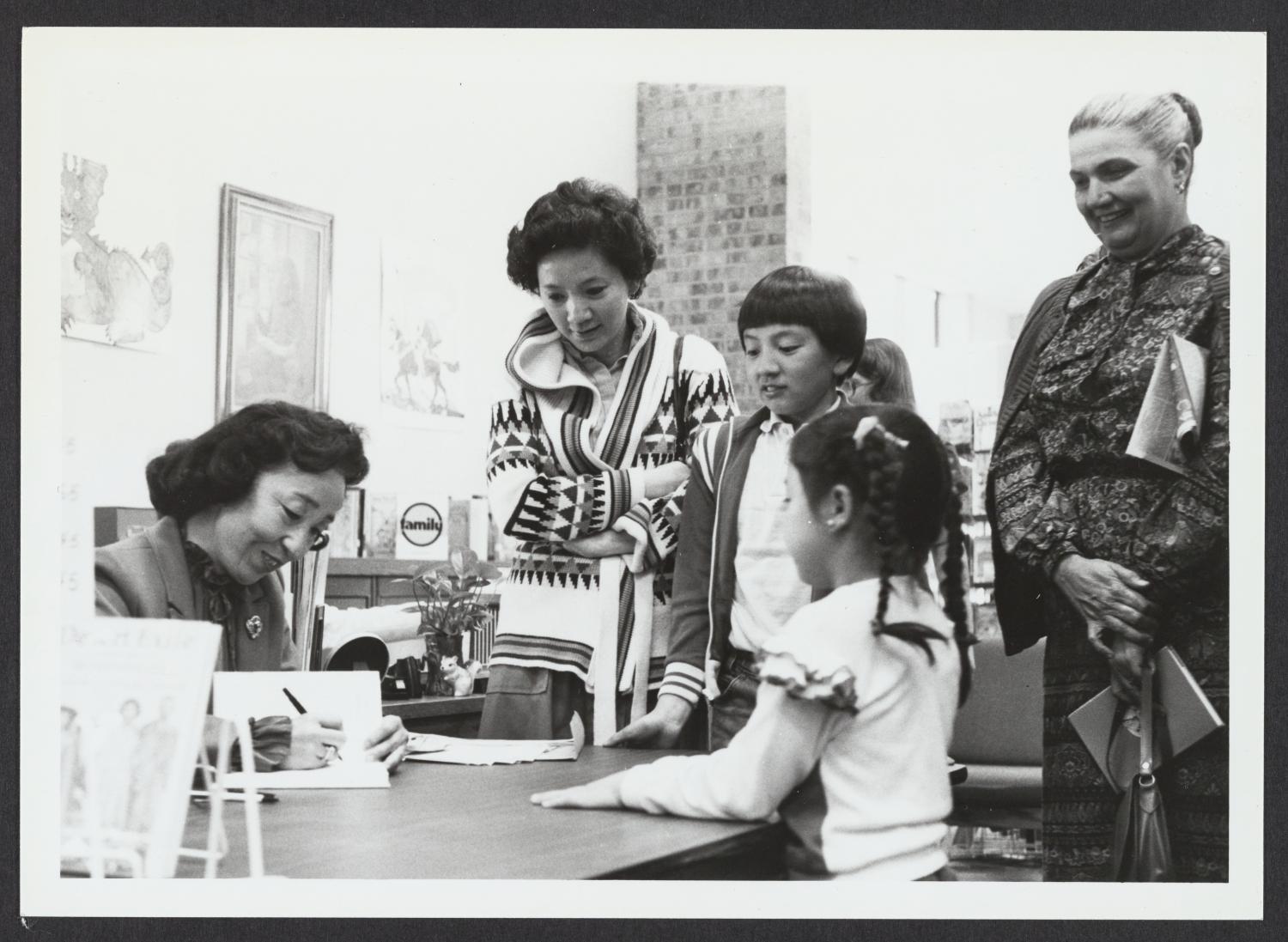
Yoshiko Uchida’s Remarkable—and Underappreciated—Literary Career
I have long been a fan of Yoshiko Uchida, a Berkeley-based writer best known for her children’s and young adult books about the World War II forced removal and incarceration….

Book Review: The Eagles of Heart Mountain
Densho Content Director Brian Niiya reviews The Eagles of Heart Mountain by Bradford Pearson, an entertaining and well-researched popular history of the incarceration told through the story of a group…
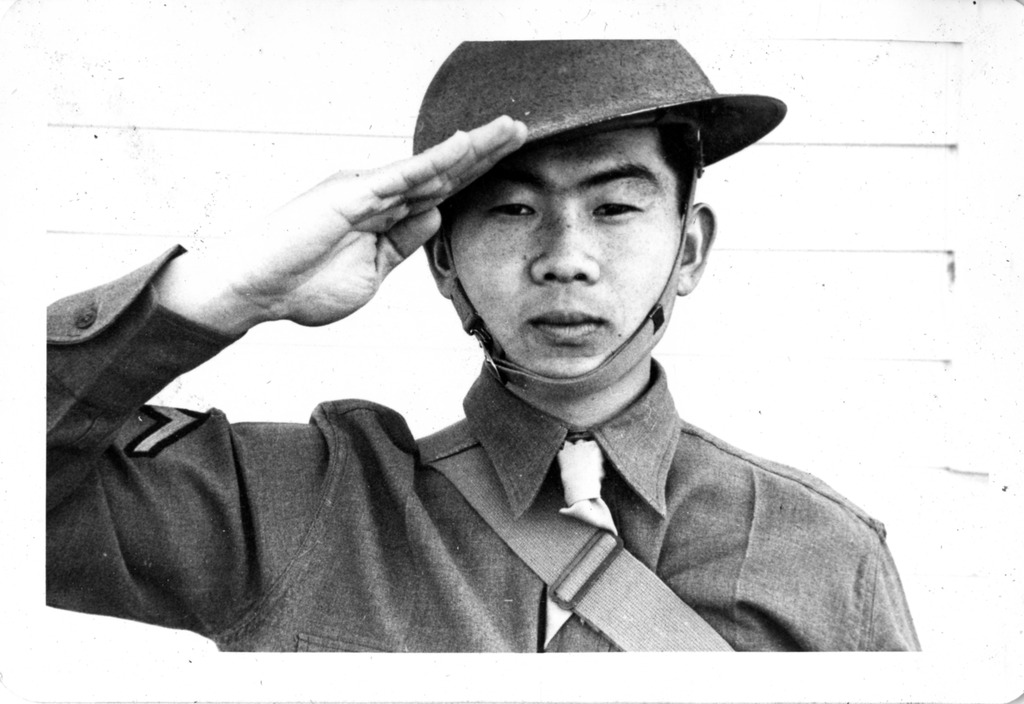
Archives Spotlight: Remembering Nisei Veterans
During World War II, thousands of Japanese Americans served in the U.S. military. Nearly 80 years later, as the number of Nisei veterans with firsthand memories of this history dwindles,…
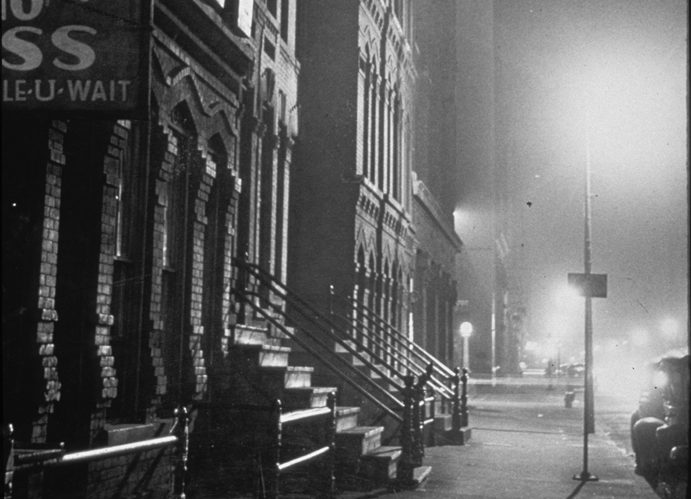
Naomi Hirahara on the Secret Lives of Nisei in Post-WWII Chicago
Award-winning mystery novelist, public historian, and journalist Naomi Hirahara’s new novel, Clark and Division, follows the story of a young woman searching for the truth about her revered older sister’s…
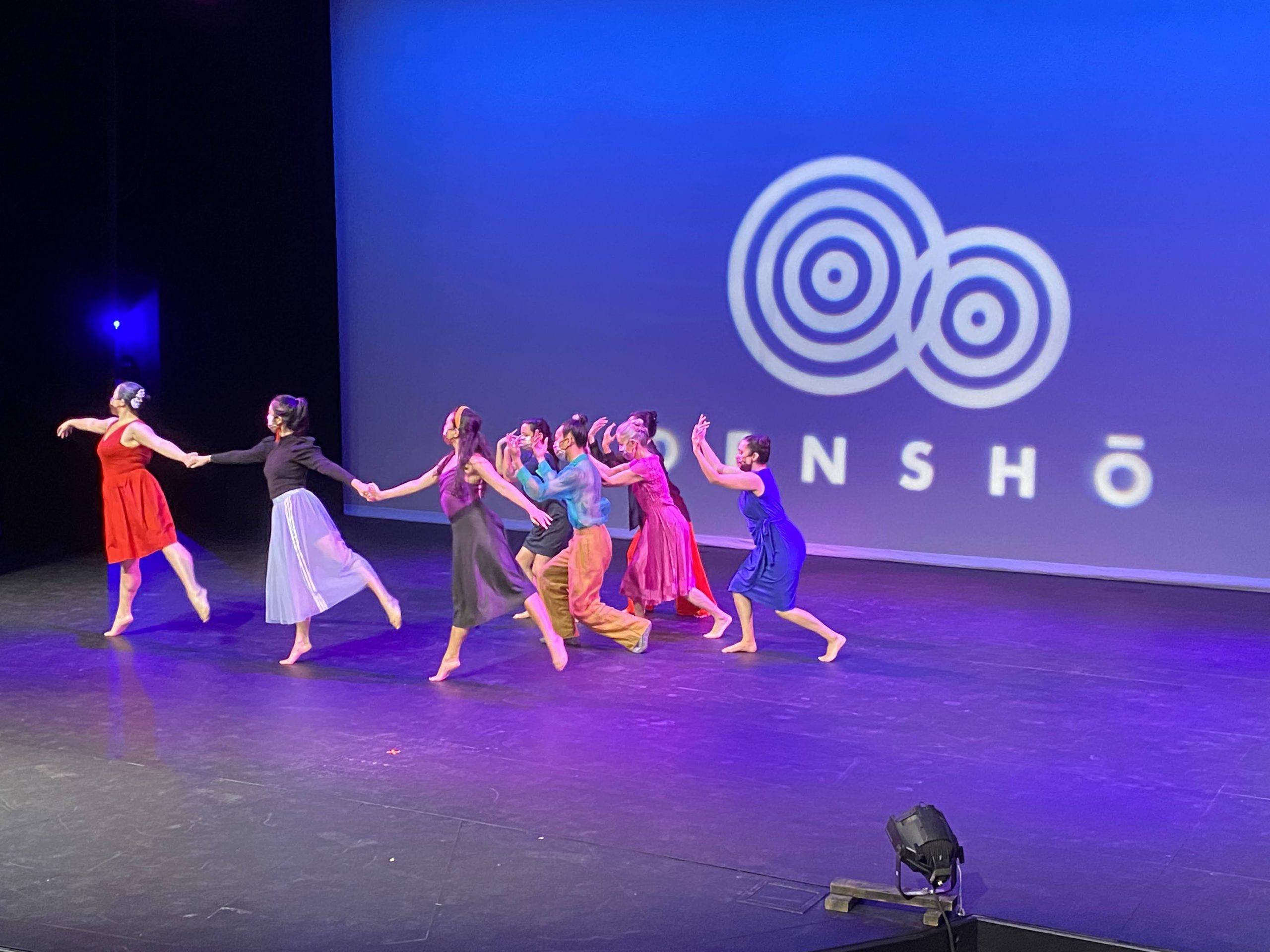
Highlights from Densho’s 25th Anniversary Gala
This past Saturday, we celebrated Densho’s 25th anniversary at a very special event. Nearly 800 households tuned in for a live show featuring music, dance, art, and story. (Don’t worry,…
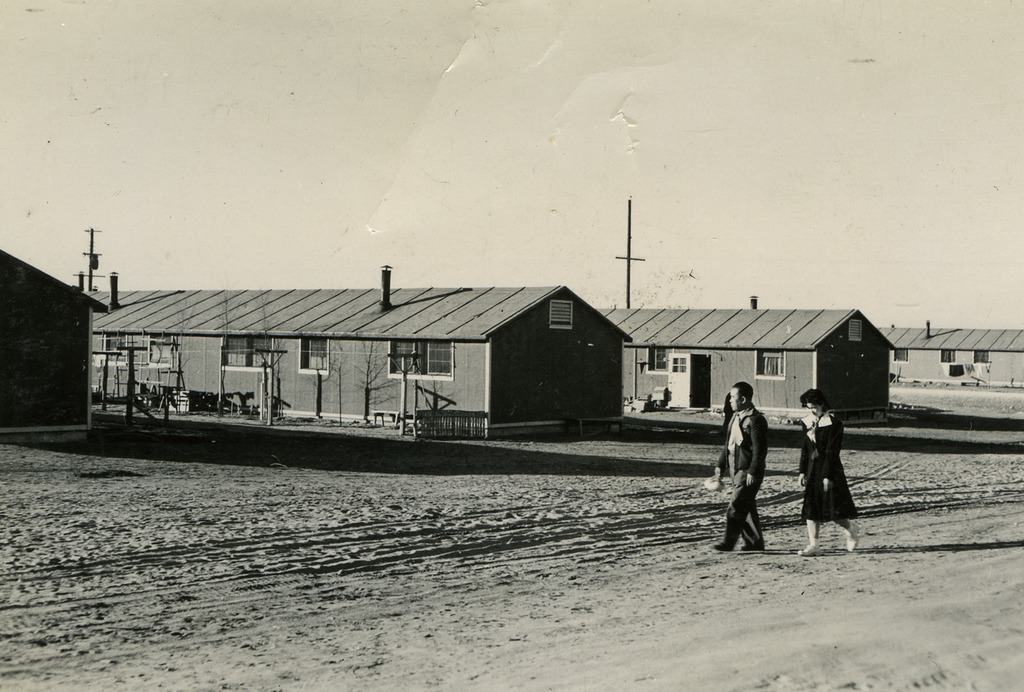
Brick Floors, a Polio Outbreak, and Other Unique Aspects of Amache Concentration Camp
Amache was one of ten War Relocation Authority camps where Japanese Americans were incarcerated following the forced removal from the West Coast in 1942. Located in southeastern Colorado, it held…
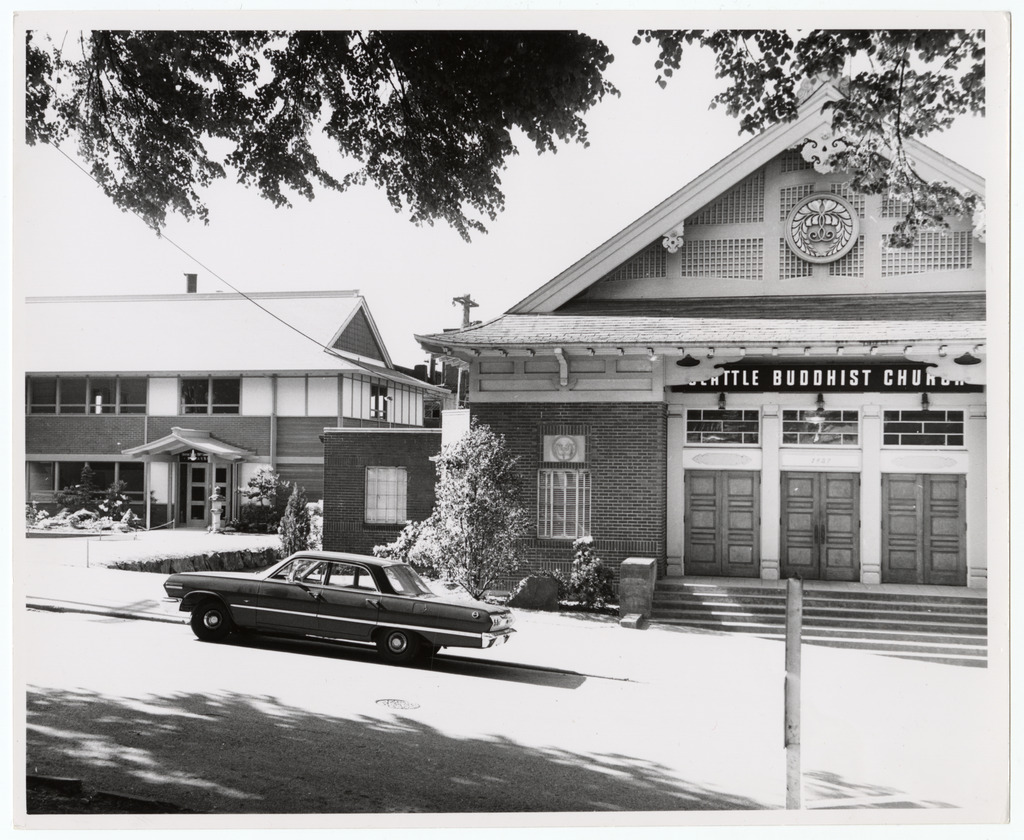
Archives Spotlight: The Seattle Betsuin Buddhist Temple Collections
In honor of American Archives Month, we feature a guest post from Densho Digitization Tech, Christen Greenhill Robichaud. In this essay, Robichaud details her team’s work on an exciting new…
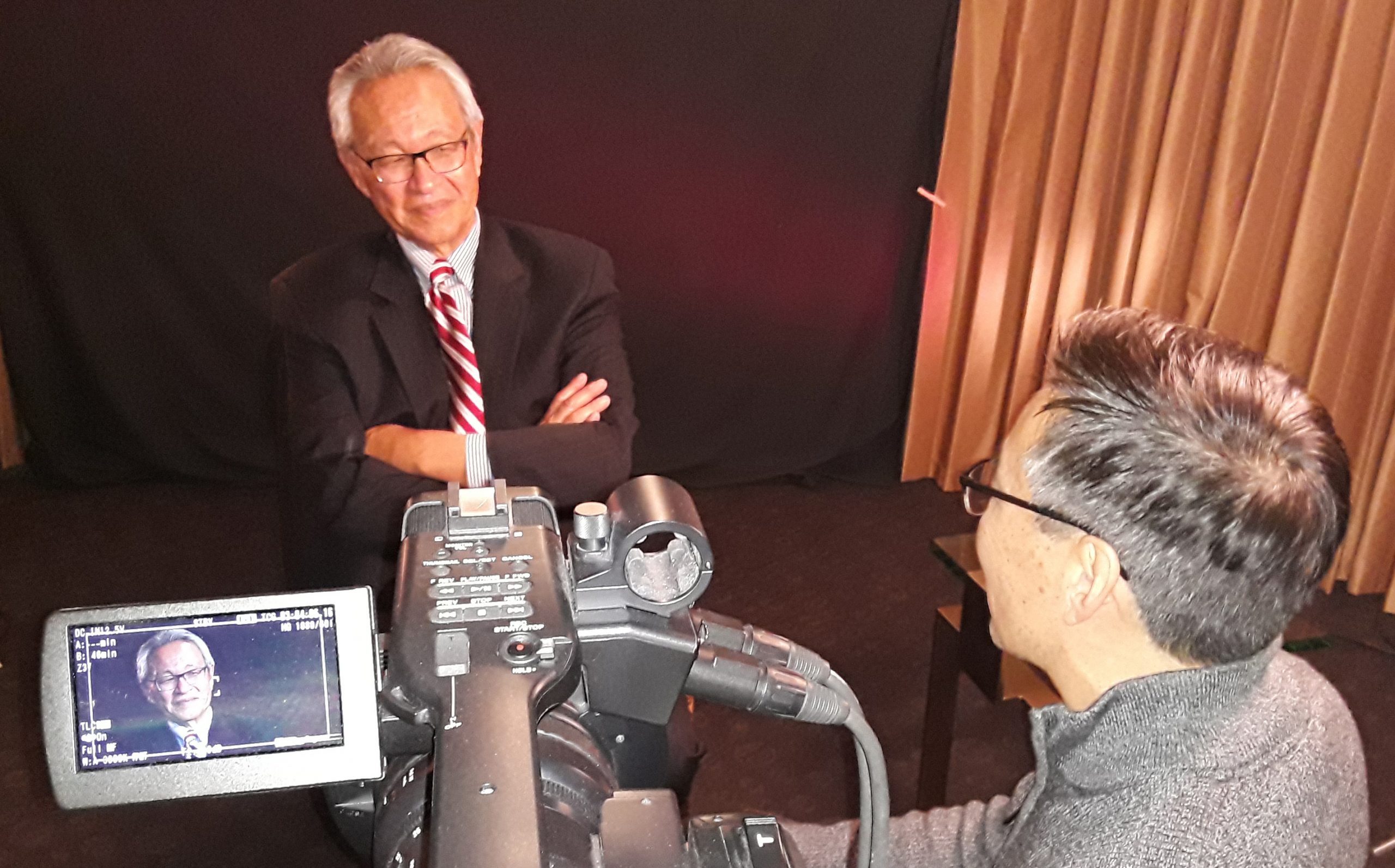
Densho’s Oral History Program Is Back after a Pandemic Pause
Like many oral history projects, we’ve spent much of the last 18 months adapting and adjusting to meet the challenges of the pandemic. Knowing that elders and communities of color…
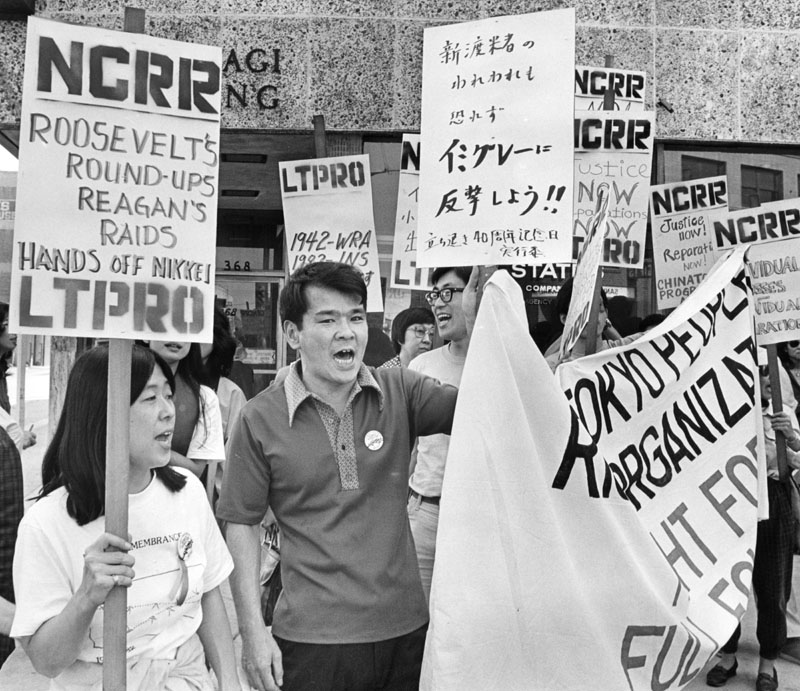
Displacement and Resistance in Japantowns: A Resource List
Japantowns in the U.S. have been shaped by a long history of both exclusion and resilience — from the dispossession of Indigenous peoples to the forced removal of Japanese Americans…
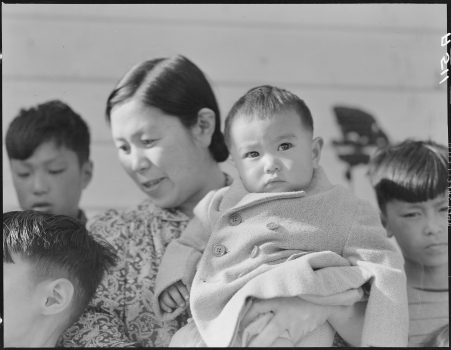
Ask A Historian: How Did Japanese American Mothers Feed Their Babies in Camp?
Densho Content Director Brian Niiya answers a fascinating question from a 99 year old camp survivor who worked in an “assembly center” milk station providing food for infant incarcerees.
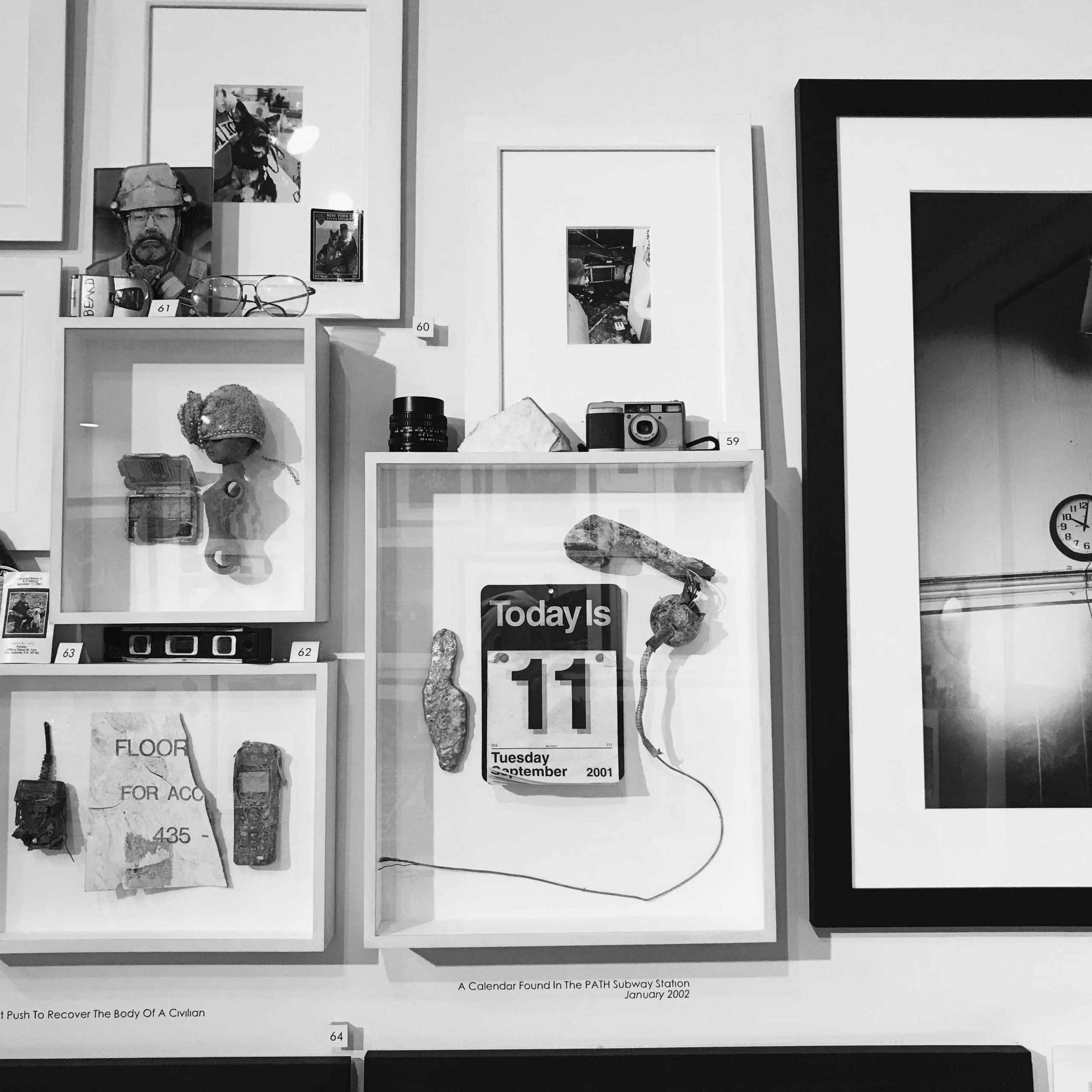
How 9/11 Changed Us
In commemoration of the 20th anniversary of September 11th, Executive Director Tom Ikeda shares his recollections of the aftermath of the attacks and how it radically reshaped Densho’s focus.
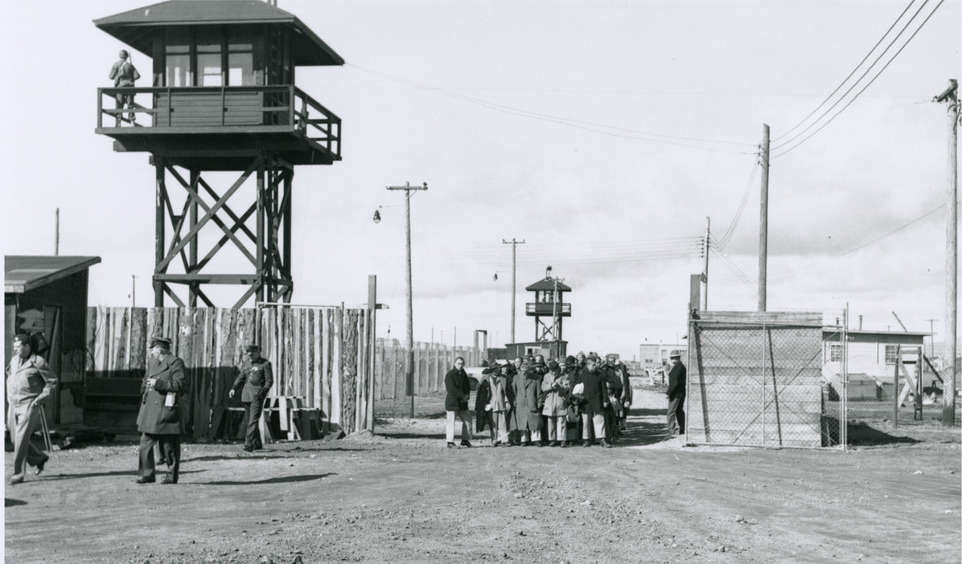
Social Science as a Tool for Surveillance
In the wake of inmate unrest at Poston and Manazanar in the winter of 1942, the War Relocation Authority decided they needed to better understand what they dubbed a “trouble…
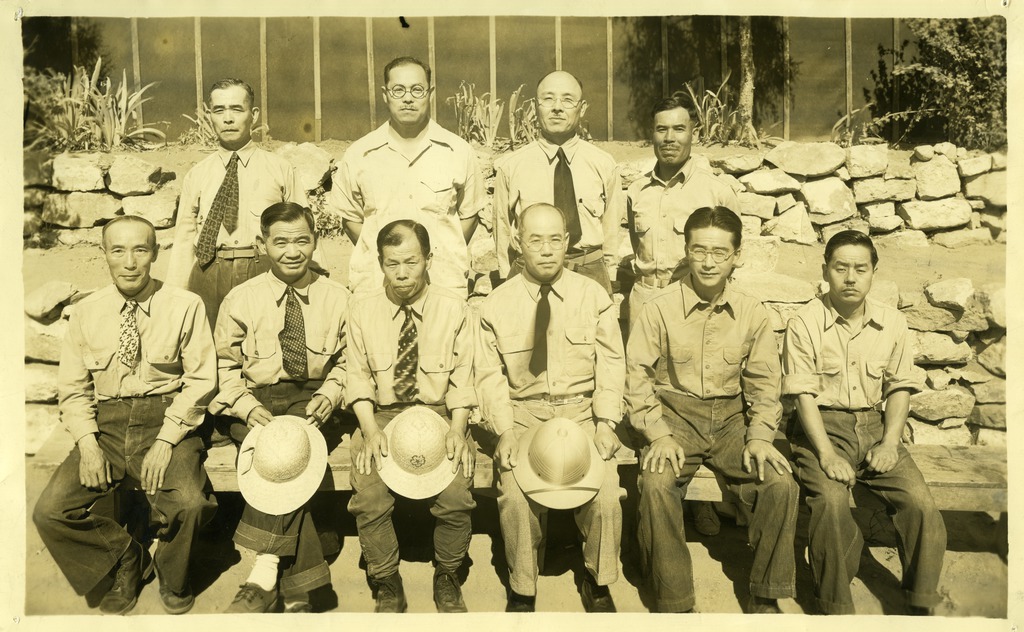
Ask a Historian: Where to Find Records on Family Members Sent to DOJ Camps
In this month’s installment of Ask a Historian, Densho Content Director Brian Niiya advises a reader on how to track down records of Japanese Americans arrested as “enemy aliens” and…
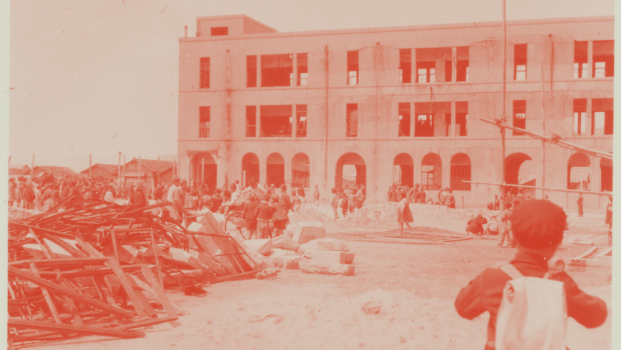
Thousands of Japanese Americans Were in Hiroshima and Nagasaki in 1945. The US Government Still Won’t Recognize Them.
Early in the morning on August 6, 1945, an American warplane cut through the cloudless sky over Hiroshima and dropped a single, devastating bomb, obliterating the hospital directly below the…

Photo Essay: Japanese Americans Demand “Justice Long Overdue” at 1981 Redress Hearings
In July 1981, congressional hearings on Japanese American WWII incarceration began in the nation’s capitol. For two days, witnesses spoke out to expose the cruel facts and painful memories surrounding…
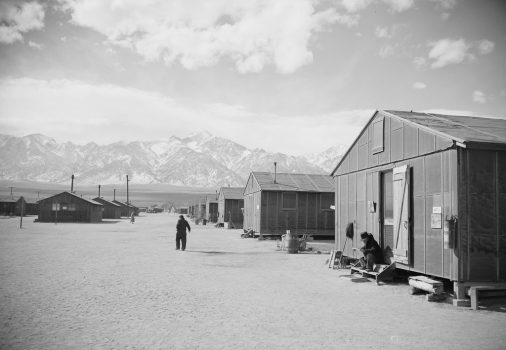
Ask a Historian: What’s the Story Behind Ansel Adams’ Famous Manzanar Photos?
Each month, Densho Content Director Brian Niiya will answer your questions about the WWII incarceration of Japanese Americans — the small details of life in camp, the rumors and myths…
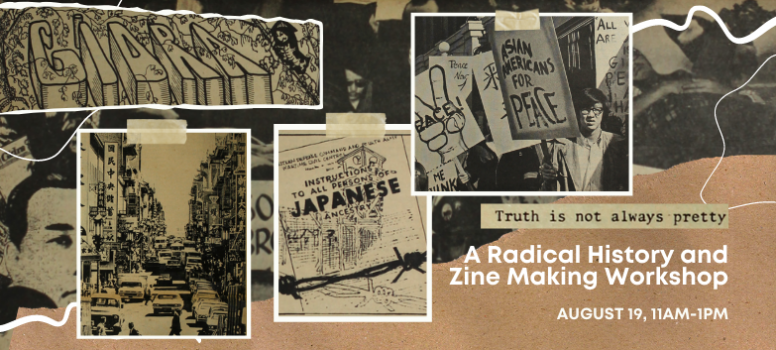
“Truth Is Not Always Pretty”: A Radical History and Zine Making Workshop
High school students (ages 14-18) are invited to join Densho for a hands-on history and zine-making workshop on August 19th, 2021. Drawing upon the lessons handed down to us from…
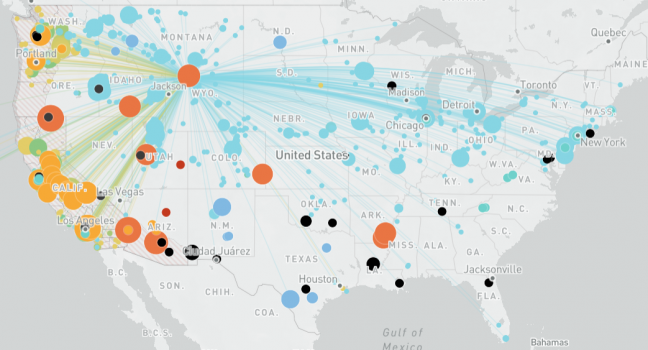
Sites of Shame traces the paths of Japanese Americans forced into camps during WWII
Joe Yasutake was only nine years old when his father was apprehended by the FBI and interned as an enemy alien. In a matter of hours following the attack on…
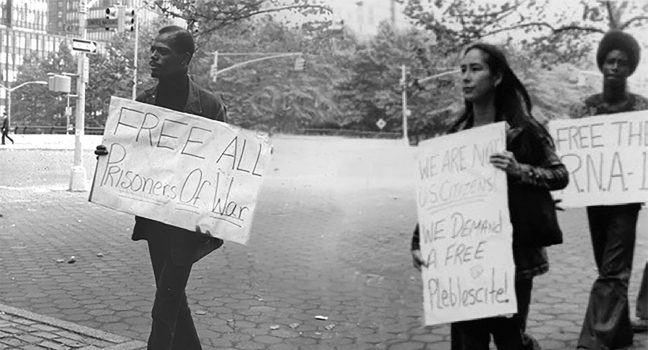
How the Asian American Movement Learned a Lesson in Liberation from the Black Panthers
As a musician, artist, and activist, Nobuko Miyamoto has long used art to create social change and solidarity across cultural borders. Her new memoir, Not Yo’ Butterfly: My Long Song…
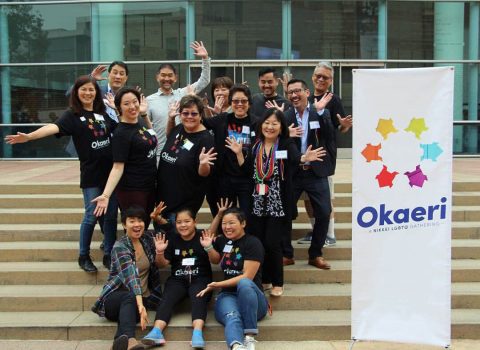
Okaeri wants a world where all LGBTQ+ Nikkei feel safe, loved, and at home
Okaeri is a Los Angeles-based resource and support group whose mission is to create visibility, compassionate spaces, and transformation for LGBTQ+ Nikkei and their families by sharing our stories and…
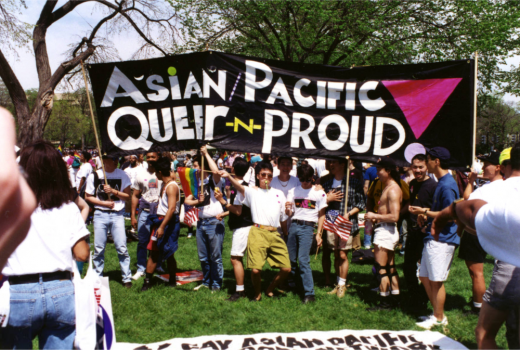
Where to Learn the Queer Asian American History You Absolutely Missed in School
Let’s face it. It’s hard to find queer voices within Asian American history. They’re often erased from both mainstream (read: white) LGBTQ and Asian American narratives — but thanks to…
